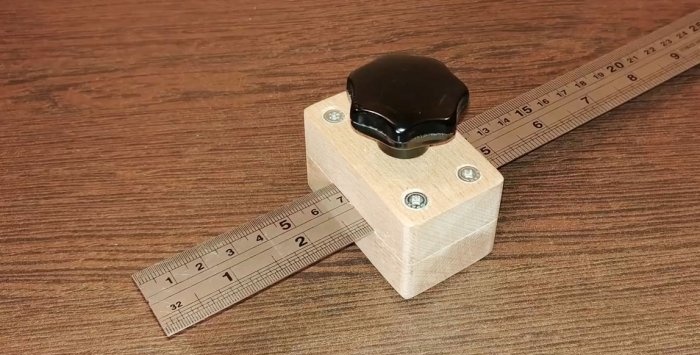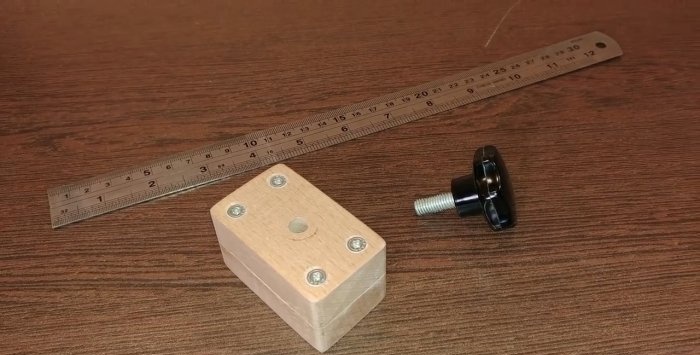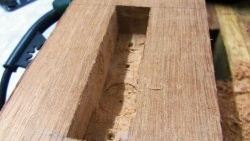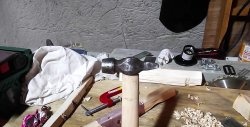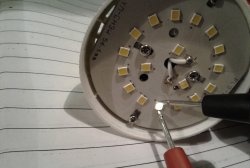A homemade marking thicknesser is an indispensable thing for a joiner, carpenter and others.
When cutting sheet material, it is very important to apply even markings. For this purpose, a special tool is used - a marking thicknesser. It will be useful for roofers, carpenters, joiners, drywallers and other craftsmen. The thicknesser has a very simple design, so you can make it yourself.
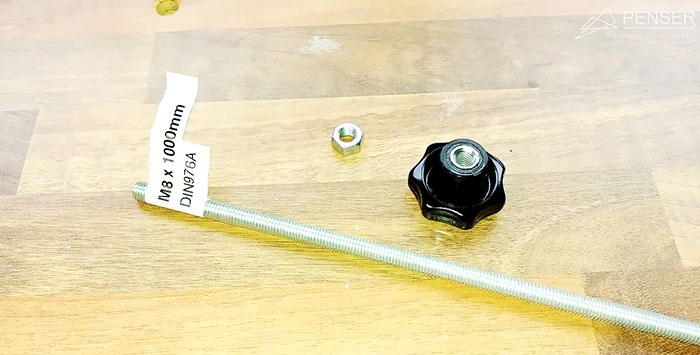
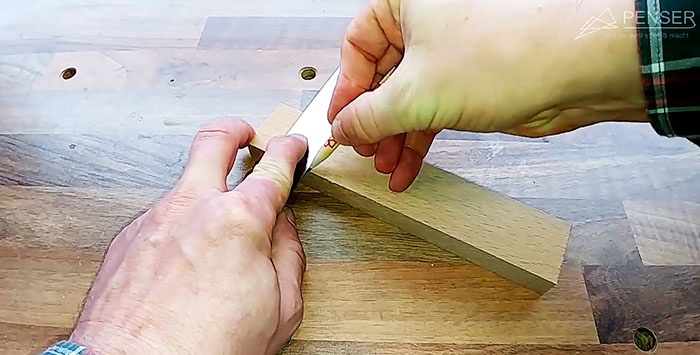
Markings along the width of the ruler are applied to the cross section of the rail 1.5-2 cm from the edge. A groove is selected using it using a thickness planer or chisel. The sampling depth should correspond to the thickness of the ruler.
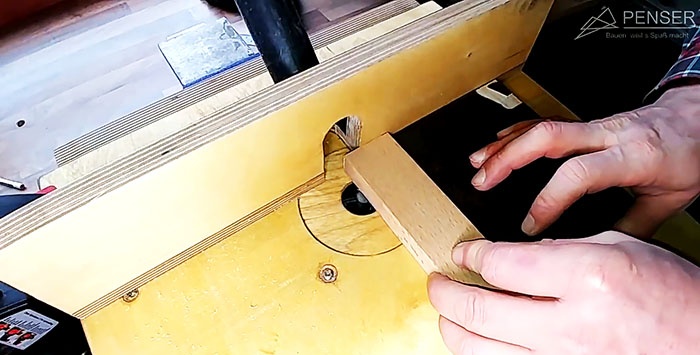
An indent of 1.5-2 cm is made from the groove to the far end of the rail, after which the workpiece is cut according to the mark made. Another piece of the same length is cut out of the slats, but without a groove.
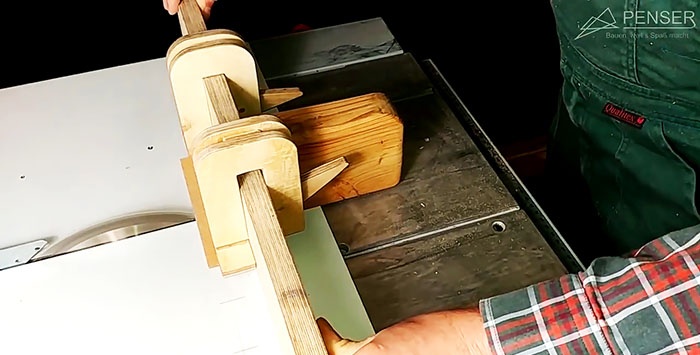
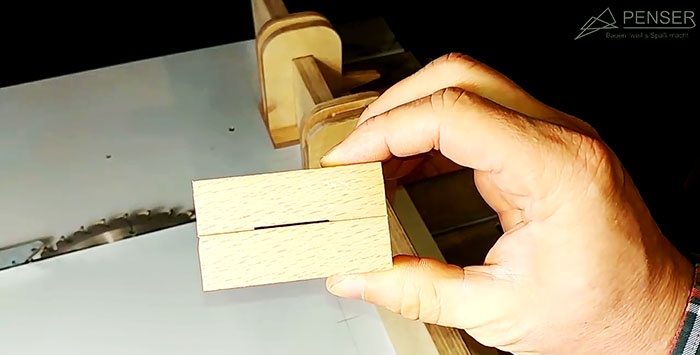
In a workpiece without a groove, the center is marked using two diagonals. A through hole is made in it with an 8 mm drill. On one side it is expanded along the height of the M8 nut with a 12 mm drill.
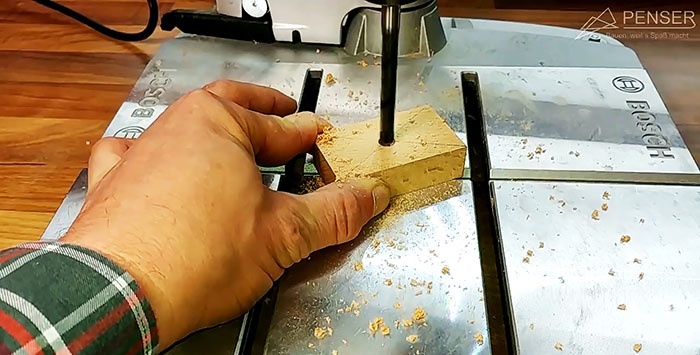
An M8 nut is pressed into the widened hole.

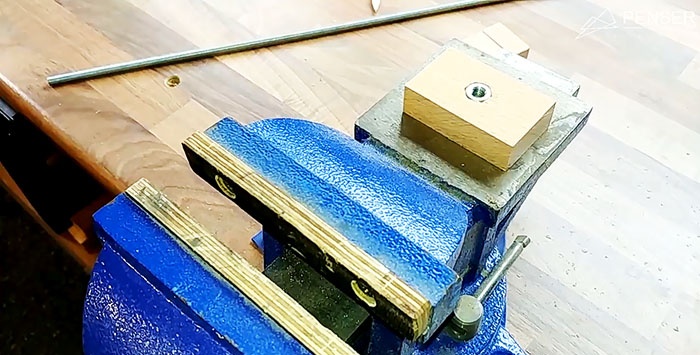
A manual star-shaped nut is screwed onto the stud until it stops. The protruding part of the pin is cut to the height of the rail.
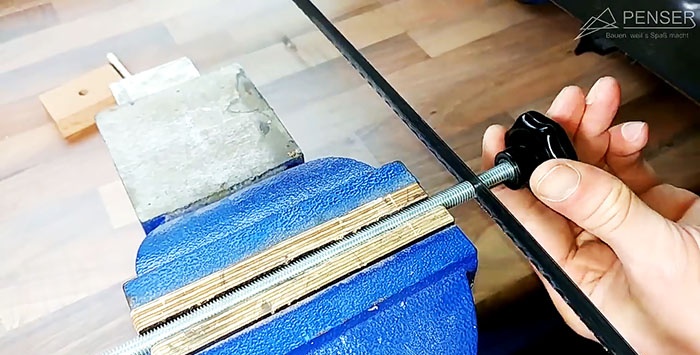
In order for the cut pin to twist normally, its end should be chamfered with sandpaper.
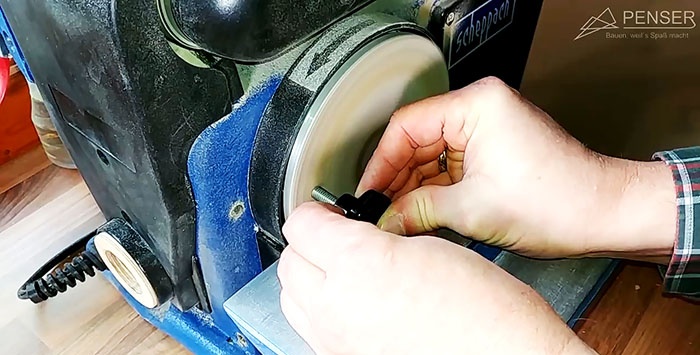
On the workpiece with the pressed nut, you need to mark 4 points for drilling. To do this, it is better to use a marking compass. Marks are placed closer to the corners.
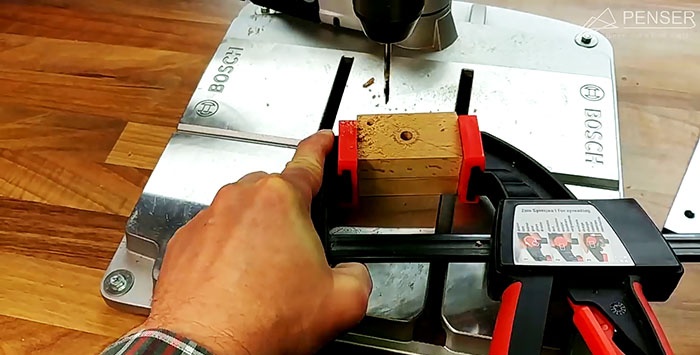
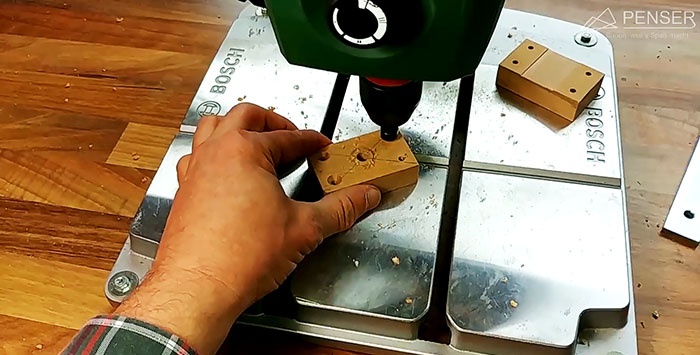
Both blanks are joined and holes are made according to the marks according to the depth of the selected screws. The thickness of the drill should be less than the diameter of the screw. The holes on the rail with the nut are countersunk.
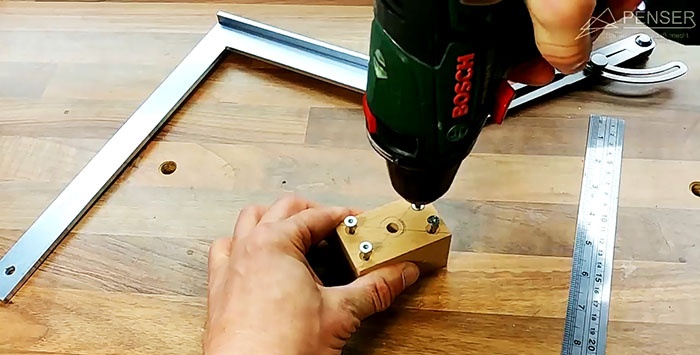
The blanks are tightened with self-tapping screws. A ruler is inserted into the selected groove and tightened with a pin with a star-shaped nut. If no defects are found, then the ruler is removed to grind the slats into one plane.
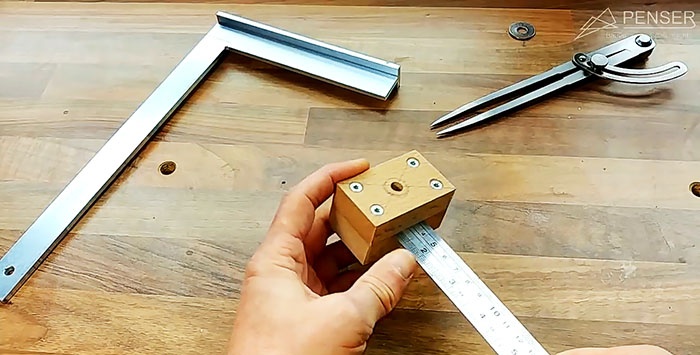

We grind all surfaces, grind off sharp corners.
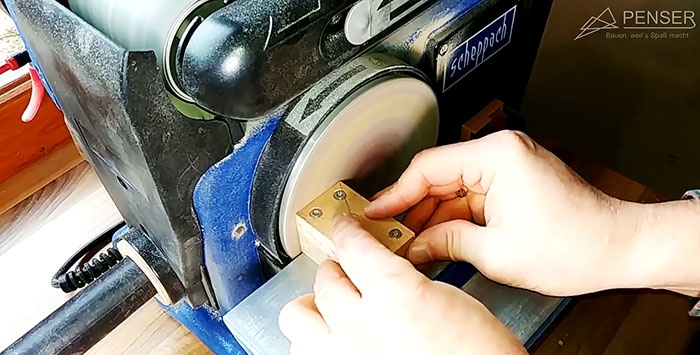
At the end of the ruler on the side of the zero mark, a shallow notch is made with a file. It is necessary to support the pencil lead. The ruler is inserted back into the stop from the slats, and the structure is assembled.
Using a marking thicknesser is very simple. The ruler extends from the stop to the required distance and is clamped. A wooden clamp rests against the end of the workpiece for marking, and a pencil is applied to the notch on the ruler. By moving the tool along the edge of the sheet, you can draw a parallel line.
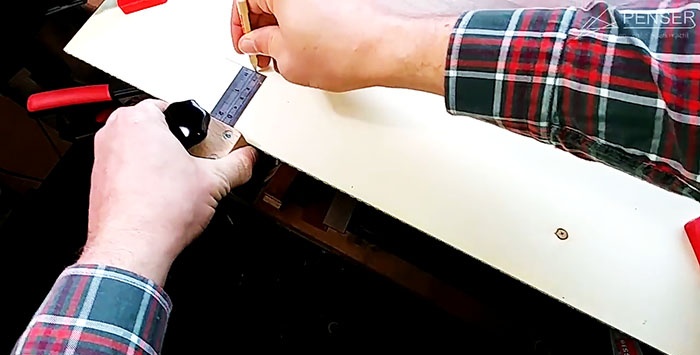
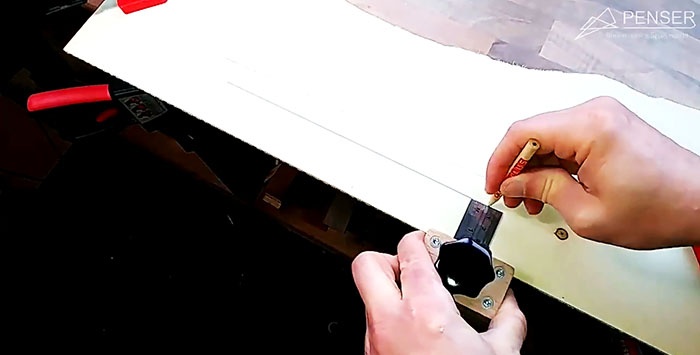
Materials:
- hardwood slats;
- metal ruler;
- M8 pin;
- M8 nut;
- manual star nut M8;
- 4 screws.

Assembling the surface planer

Markings along the width of the ruler are applied to the cross section of the rail 1.5-2 cm from the edge. A groove is selected using it using a thickness planer or chisel. The sampling depth should correspond to the thickness of the ruler.

An indent of 1.5-2 cm is made from the groove to the far end of the rail, after which the workpiece is cut according to the mark made. Another piece of the same length is cut out of the slats, but without a groove.


In a workpiece without a groove, the center is marked using two diagonals. A through hole is made in it with an 8 mm drill. On one side it is expanded along the height of the M8 nut with a 12 mm drill.

An M8 nut is pressed into the widened hole.


A manual star-shaped nut is screwed onto the stud until it stops. The protruding part of the pin is cut to the height of the rail.

In order for the cut pin to twist normally, its end should be chamfered with sandpaper.

On the workpiece with the pressed nut, you need to mark 4 points for drilling. To do this, it is better to use a marking compass. Marks are placed closer to the corners.


Both blanks are joined and holes are made according to the marks according to the depth of the selected screws. The thickness of the drill should be less than the diameter of the screw. The holes on the rail with the nut are countersunk.

The blanks are tightened with self-tapping screws. A ruler is inserted into the selected groove and tightened with a pin with a star-shaped nut. If no defects are found, then the ruler is removed to grind the slats into one plane.


We grind all surfaces, grind off sharp corners.

At the end of the ruler on the side of the zero mark, a shallow notch is made with a file. It is necessary to support the pencil lead. The ruler is inserted back into the stop from the slats, and the structure is assembled.
Using a marking thicknesser is very simple. The ruler extends from the stop to the required distance and is clamped. A wooden clamp rests against the end of the workpiece for marking, and a pencil is applied to the notch on the ruler. By moving the tool along the edge of the sheet, you can draw a parallel line.


Watch the video
Similar master classes
Particularly interesting
Comments (2)

